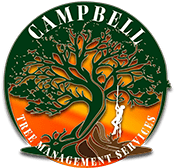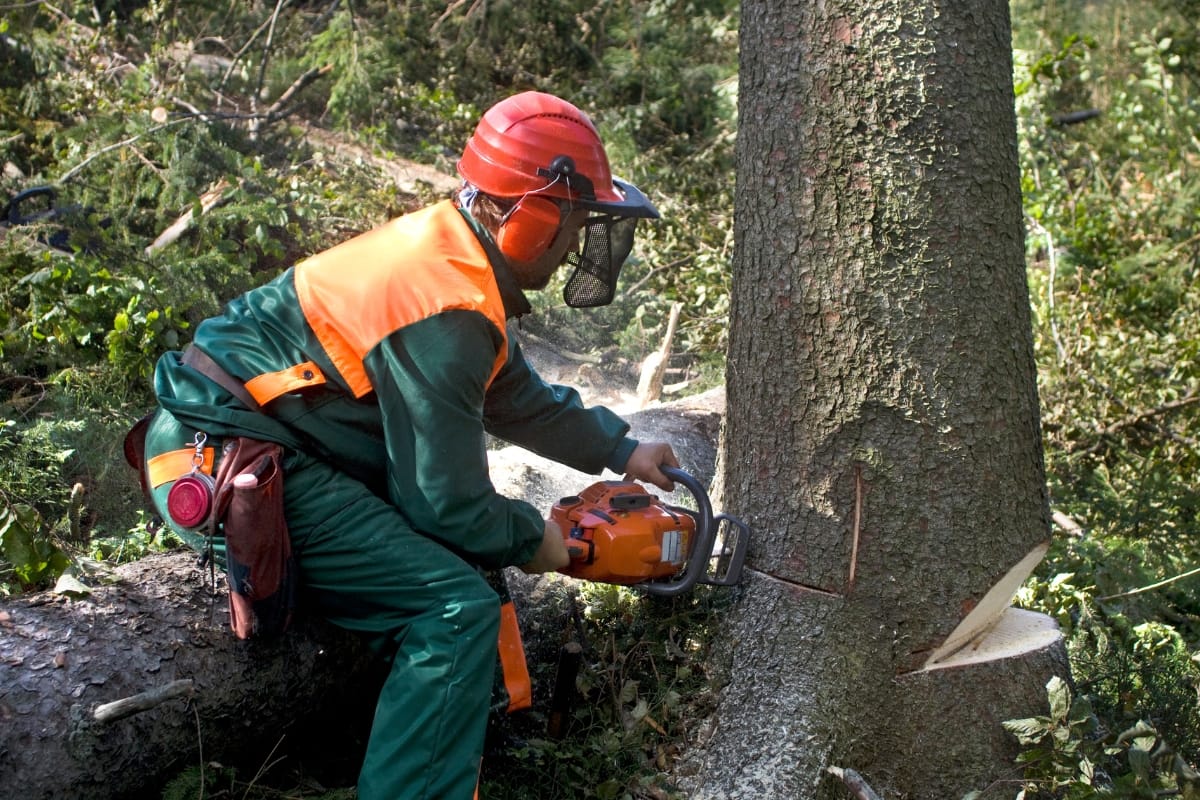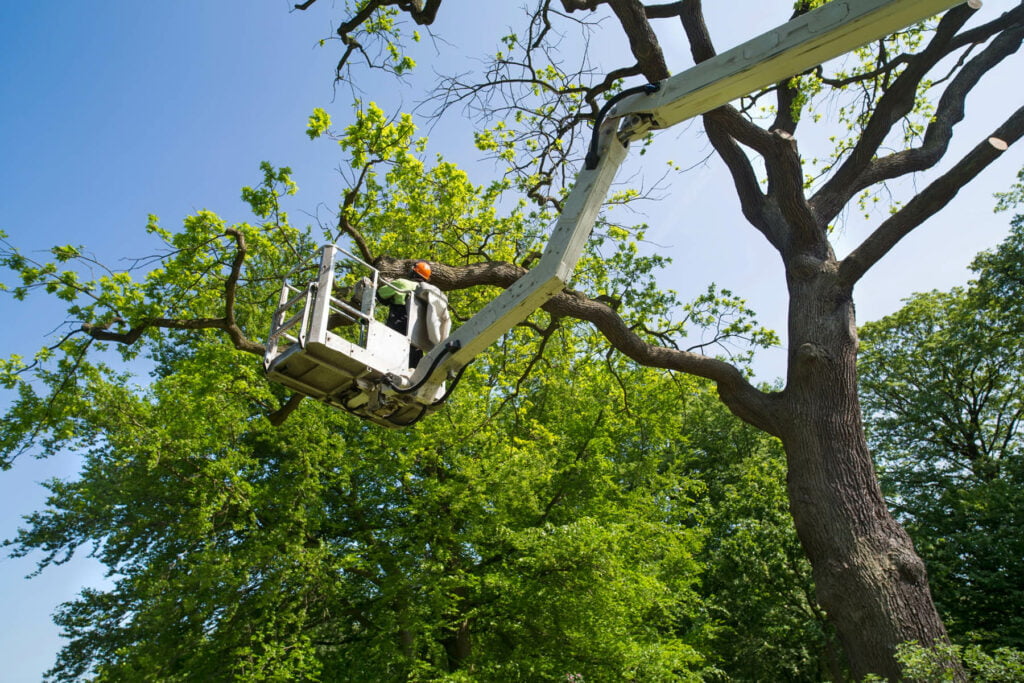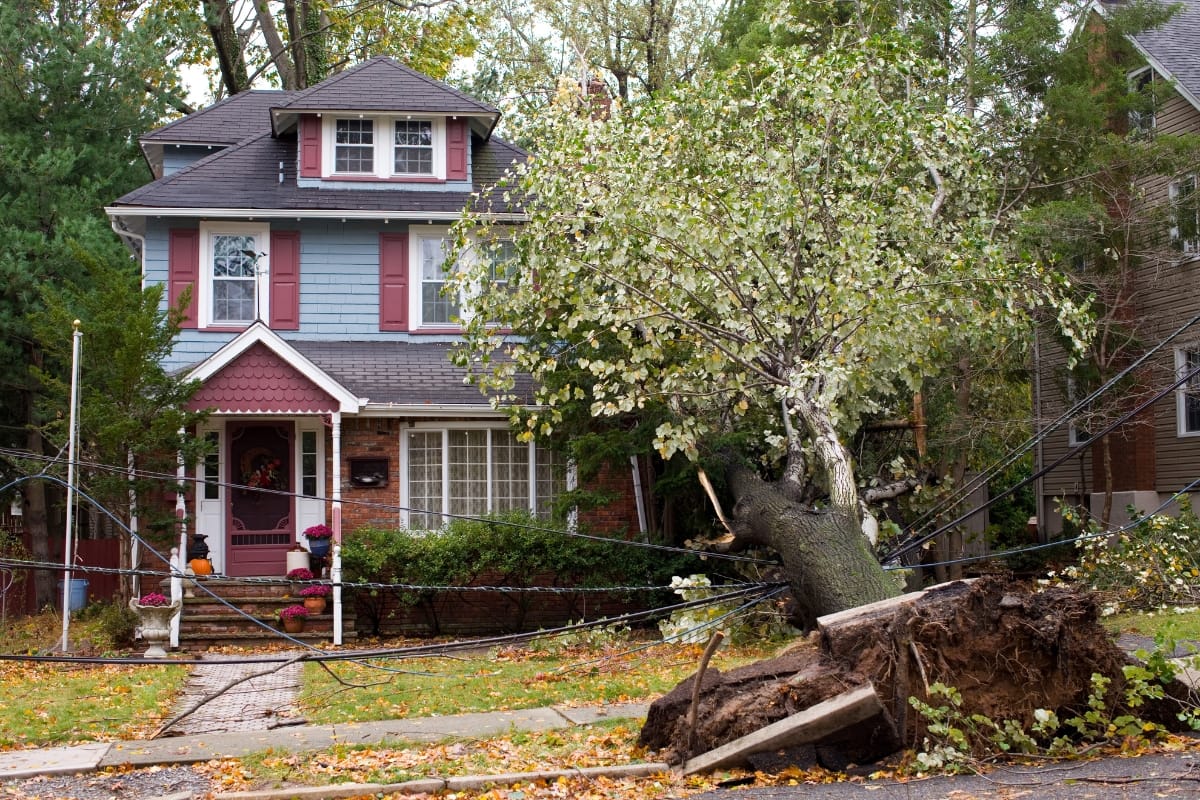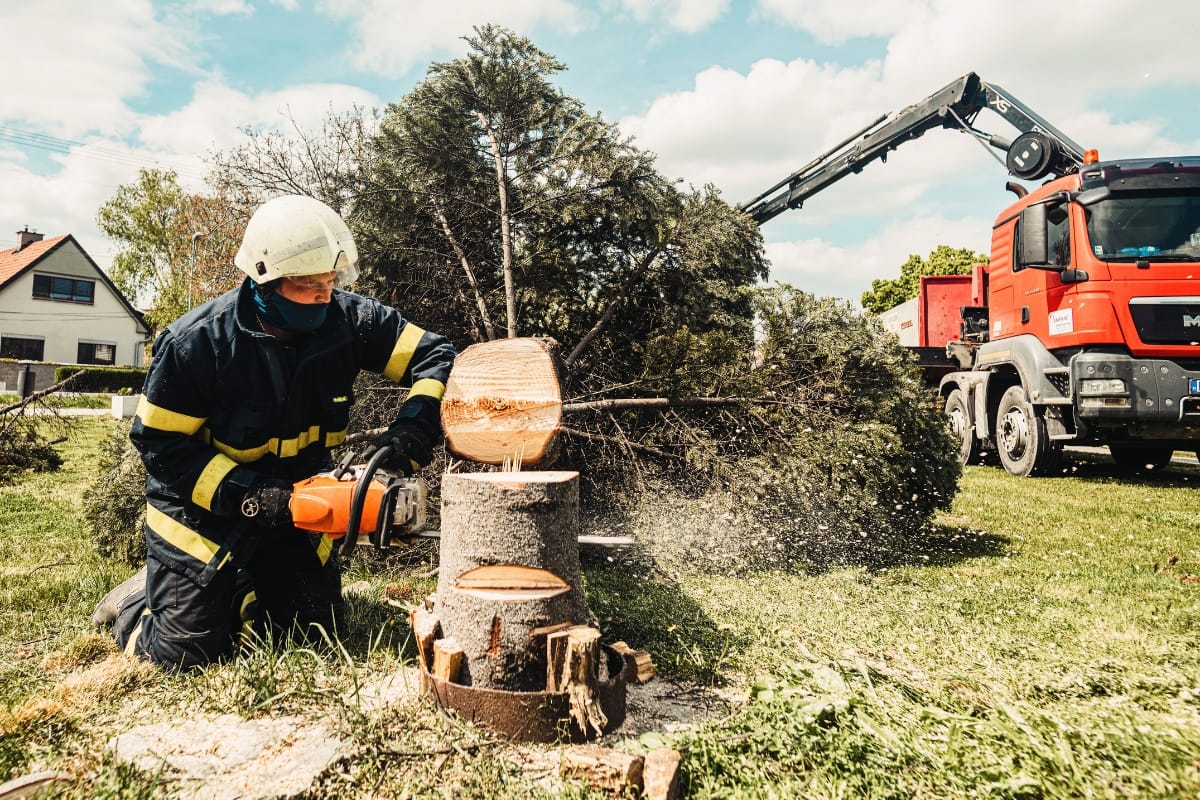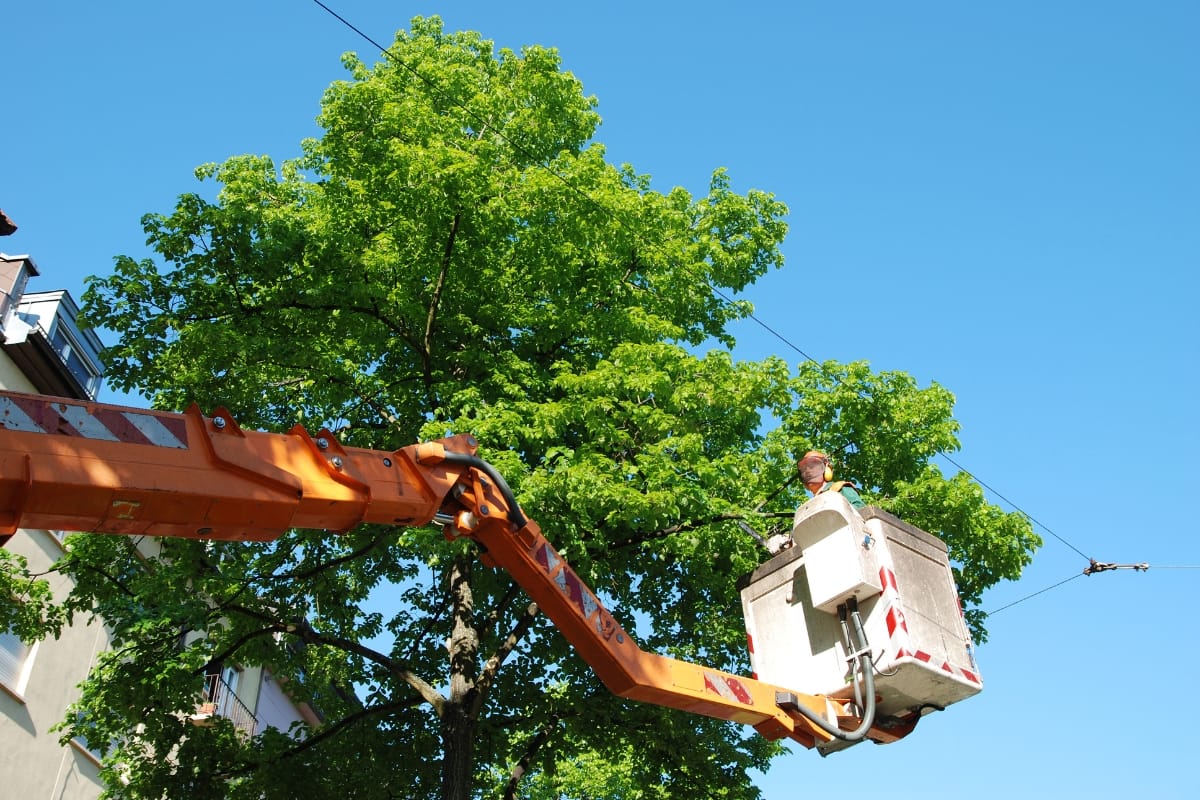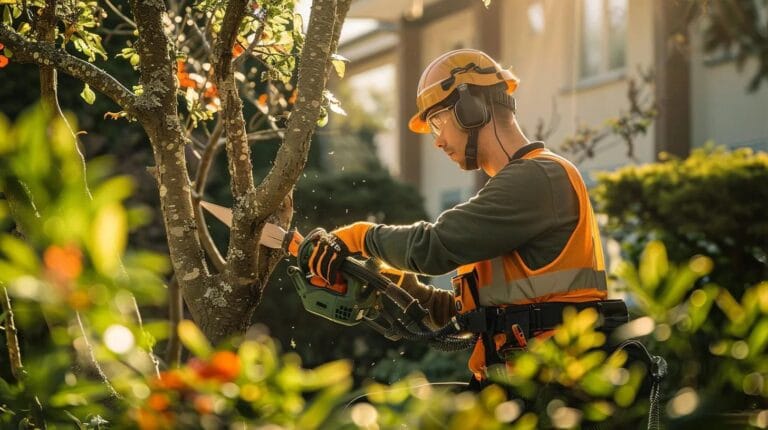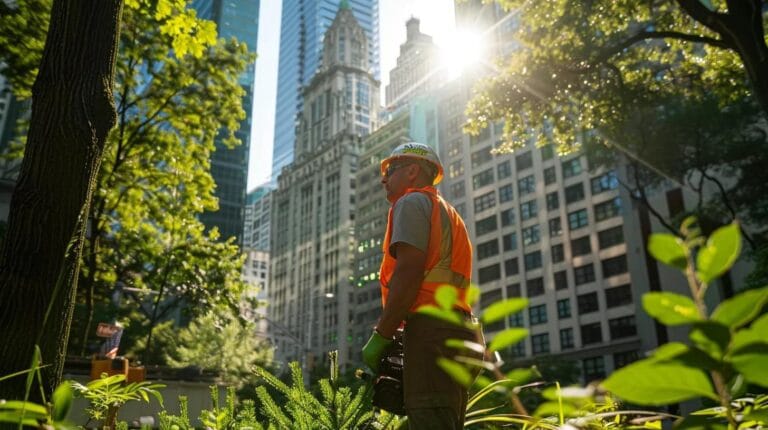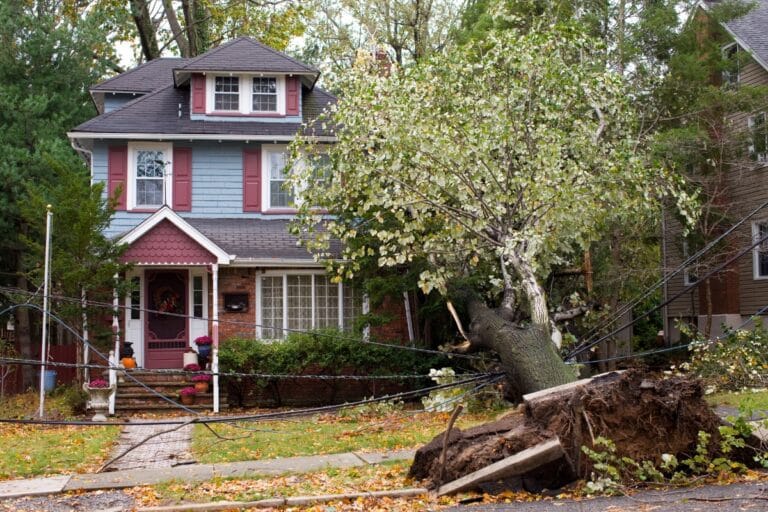In Canton, where storms can strike with little warning, identifying and removing hazardous trees before disaster hits is essential for protecting your property and loved ones. Trees that appear healthy on the outside can sometimes hide serious risks—like internal rot, unstable roots, or weakened branches—that become dangerous under high winds or heavy rain. Knowing what signs to watch for can help you act early and avoid costly damage or safety hazards. In this guide, we’ll walk you through how to spot potentially dangerous trees and why professional hazardous tree removal is key to storm preparation and peace of mind.
Hazardous Tree Removal: Protect Your Property Before It’s Too Late
Understanding the Importance of Hazardous Tree Removal in Canton
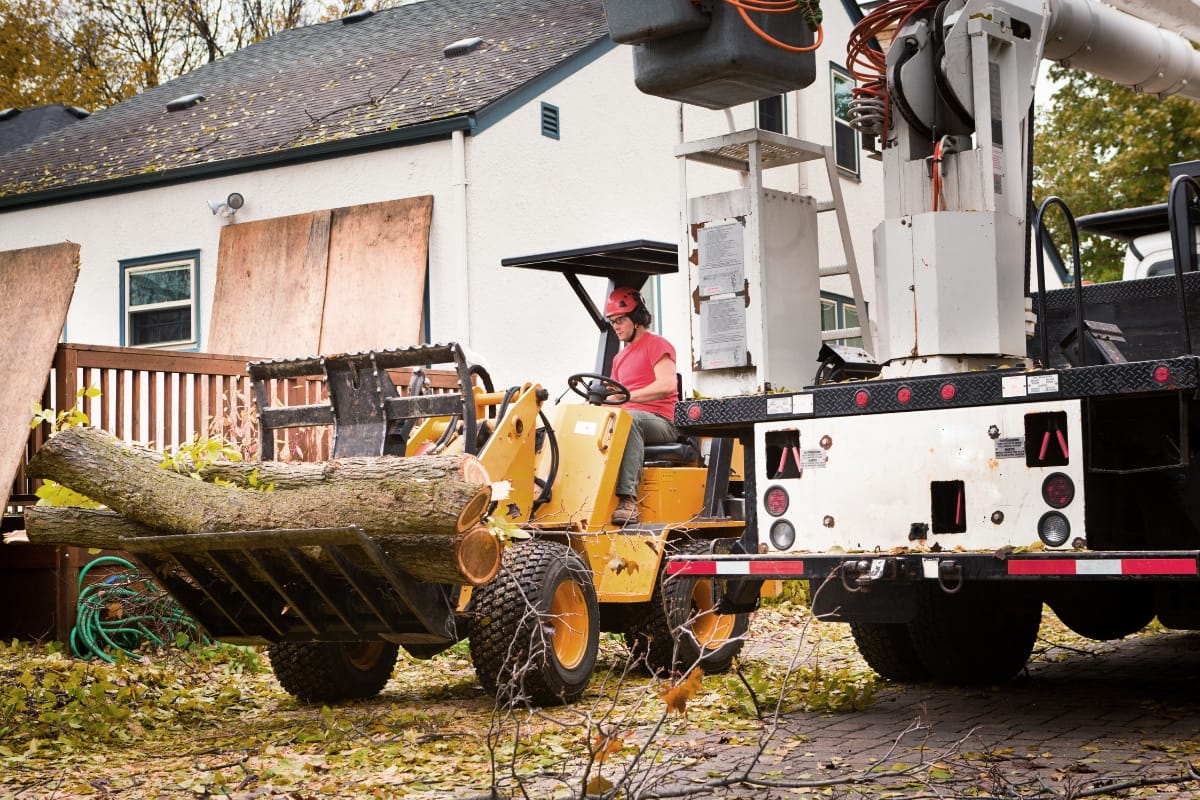
Living in Canton means enjoying lush greenery and mature tree canopies, but it also carries the responsibility of maintaining those trees’ health and safety. Hazardous tree removal plays a vital role in preventing property damage, injury, and even fatalities during severe weather events. A compromised tree can topple under high winds or heavy rainfall, damaging roofs, vehicles, fences, and power lines. By recognizing the potential threats early and arranging for proper removal or pruning, Canton homeowners can protect their investments and reduce liability risks.
Beyond immediate safety concerns, proactive hazardous tree removal helps maintain the overall health of your landscape. Diseased or dying trees can become breeding grounds for pests and pathogens that spread to healthy neighbors, causing an even wider environmental and financial impact. Addressing problematic trees promptly supports the resilience of your local ecosystem by preserving space, sunlight, and nutrients for thriving flora and fauna.
Moreover, investing in professional hazardous tree removal in Canton often proves more cost-effective than emergency response after a storm strikes. Emergency removals, insurance claims, and repairs can quickly escalate. By scheduling routine inspections and removing high-risk trees before they fail, homeowners save money and gain peace of mind. Ultimately, understanding the importance of hazardous tree removal is the first step toward a safer, more beautiful property year-round.
Signs of Weakness or Disease in Trees

Catching signs of tree problems early can help prevent property damage and protect the health of your landscape. Trees may look fine at a glance, but subtle changes can point to deeper issues that need attention. Knowing what to look for can help you take action before a weak or diseased tree becomes a serious risk.
Start with the trunk and branches. Cracks, splits, or large wounds in the bark may signal internal weakness. If you notice limbs breaking off easily or see dead branches hanging in the canopy, it could mean the tree is under stress or already decaying. These limbs, often called “widowmakers,” can fall without warning and pose a danger to people and property.
Fungal growth is another major red flag. Mushrooms or shelf-like fungi growing at the base of the trunk or along branches often indicate internal rot. Once rot sets in, the structural strength of the tree can be compromised, even if it still appears mostly healthy from the outside.
Leaves can also tell you a lot about a tree’s condition. Watch for leaves that turn yellow or brown out of season, drop early, or appear smaller than usual. These symptoms can point to pest damage, poor soil conditions, or root problems. Insects like borers create small, round holes in the bark, while bacterial infections may cause sap to leak from wounds.
Another thing to check is the root system. Girdling roots—those that grow in a circle around the base of the tree—can choke off the tree’s nutrient flow. This often results in thinning leaves or a canopy that looks sparse or uneven.
Regular inspections, especially during seasonal changes, can help you spot these issues before they get worse. If you’re unsure what you’re seeing, or if the tree is near a home, driveway, or power lines, it’s best to call in a professional. A certified arborist can assess the tree’s condition and recommend whether pruning, treatment, or removal is the right next step. Taking action when you first notice signs of decline can save you money and reduce safety risks. It’s a smart way to protect your property and maintain a healthy, thriving yard.
Common Characteristics of Dangerous Trees
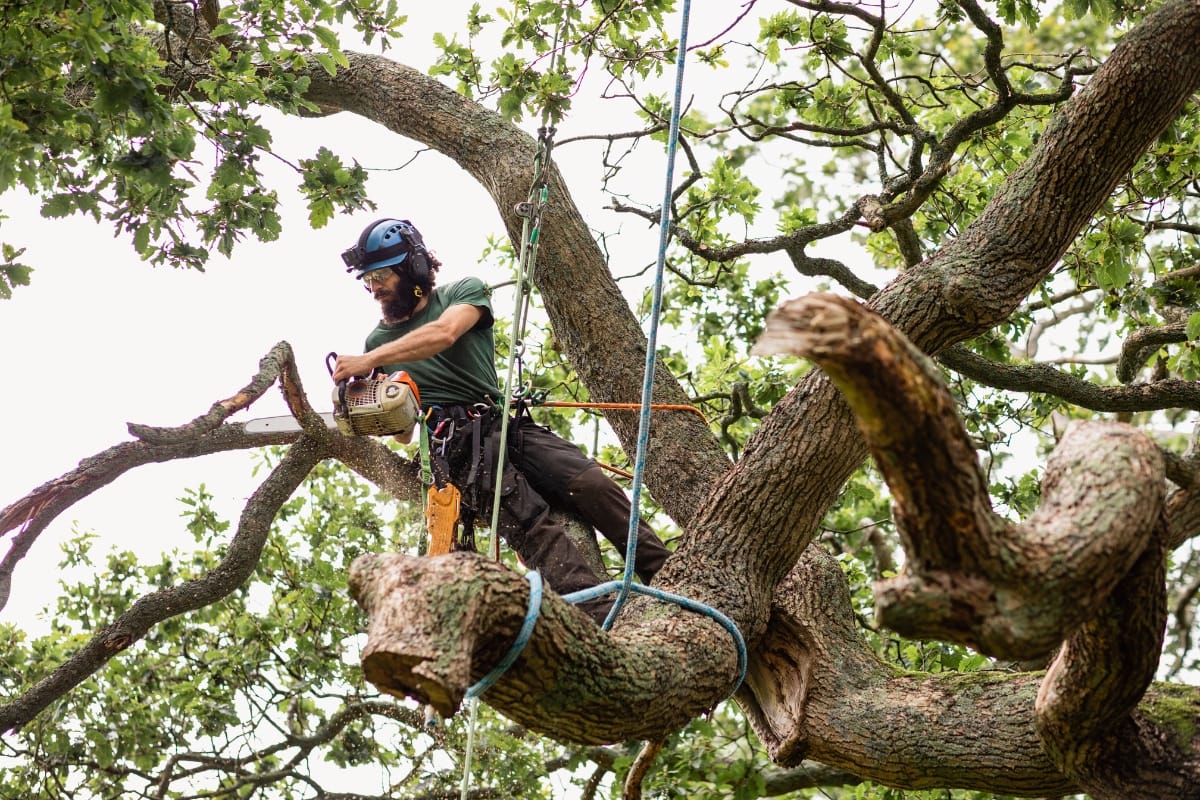
Not every large tree is a risk, but certain warning signs can suggest that a tree may be unstable or hazardous. Knowing what to look for can help you decide whether a tree needs to be removed or simply monitored more closely.
One of the first signs to watch for is a leaning trunk. If a tree naturally leans and has grown that way over time, it may be stable. But if the lean appears suddenly, or the angle shifts over time, it could mean the roots are damaged or the soil is no longer supporting the tree. A sudden lean is a red flag that should not be ignored.
Large cavities or hollows in the trunk are another concern. While some trees can survive with a hollow center, too much internal decay weakens the tree’s ability to support its own weight. This increases the risk of falling during high winds or heavy rain.
Pay attention to how the tree’s branches are arranged. Heavy limbs concentrated on one side can create imbalance. This lopsided weight makes the tree more vulnerable to breaking or falling, especially during a storm.
Root problems often go unnoticed until they cause visible damage. Look for cracked or raised soil around the base of the tree, which may suggest that the roots are shifting or failing. Another sign of trouble is the presence of fungal growth, such as conks or mushrooms, near the base of the trunk. These typically mean internal decay or root rot is already present.
Deadwood in the canopy is also a concern. Branches that are brittle, leafless, or clearly dead may snap off during windy conditions. Sometimes, broken limbs get stuck high in the tree and remain hidden until they fall unexpectedly. This can pose a danger to people, pets, and nearby property.
Recognizing these warning signs early helps you take action before problems become serious. If you notice one or more of these traits, it is best to have the tree inspected by a professional arborist. They can determine whether the tree can be safely maintained or if removal is the safer choice. Regular tree checks are an important step in protecting your home and yard.
Assessing Tree Risk Factors

Figuring out whether a tree poses a risk starts with looking at a few key factors: the tree’s species, age, overall condition, and location. Some types of trees are naturally more brittle or more likely to develop root problems, making them more vulnerable to breakage or collapse. Older trees, while often beautiful, can have hidden weaknesses like internal rot or hollow trunks that reduce their ability to stay upright during storms.
It’s also important to think about what surrounds the tree. If it stands close to your home, garage, driveway, or power lines, the potential for damage goes up significantly if the tree were to fall. Even trees near walkways or play areas should be evaluated more carefully, since a falling branch could cause injury.
Environmental conditions around the tree play a major role in its stability. Soil type, drainage, and wind exposure all matter. For example, a tree growing in compacted or shallow soil may not develop strong roots. Poorly drained areas where water collects after rain can lead to root rot or weakening over time. A tree that looks healthy on the surface could still be at risk of toppling if the roots have been compromised by long-term exposure to wet conditions.
Wind is another factor to consider. Trees that are exposed to strong, constant wind or that stand alone without wind protection from nearby trees may be more prone to leaning or snapping, especially during storms. Tall trees with dense canopies catch more wind and may sway more than they should, putting stress on the trunk and root system.
When evaluating a tree, look at the whole picture. Is the species prone to breakage? Is the trunk cracked or leaning? Are the roots exposed, or is the soil eroding around the base? Is the tree near something that would be damaged if it fell?
If you spot multiple risk factors or are unsure about a tree’s condition, it’s best to have it checked by a certified arborist. They can recommend whether the tree should be pruned, reinforced, monitored, or removed. Regular assessments can help prevent accidents and keep your yard safe.
When to Seek Professional Help for Hazardous Tree Removal

While basic tree care like light pruning can be done by homeowners, some situations require professional help. Trying to remove a large or unstable tree without the right equipment and training can be dangerous and may result in serious injury or costly property damage.
There are a few clear signs that it’s time to call in a certified arborist or licensed tree removal service. One of the biggest red flags is a tree with a large trunk that’s leaning, split, or showing signs of decay. These trees are often unstable and can fall without warning. Trees with wide canopies, especially those hanging over homes, fences, or driveways, also pose a higher risk. Removing these safely requires specialized tools and knowledge of how to cut without causing the tree to fall unpredictably.
Trees near power lines should never be handled without professional support. Even a single misstep can result in electrocution or power outages. Certified arborists are trained to work around these hazards and often coordinate with utility companies when needed.
Other warning signs include visible root damage, such as upheaval around the base of the tree or large surface roots that appear broken or decayed. You might also notice mushrooms or fungal growth at the trunk base, which often signals internal rot. If you see deep cracks running along the trunk or large dead limbs high in the canopy, it’s best to get a professional opinion right away.
Certified arborists do more than just cut down trees. They perform detailed risk assessments, help determine whether a tree can be saved, and handle permits if required by your city or county. Reputable companies also carry liability insurance, which protects you in case something goes wrong during the removal process.
Waiting until after a storm to deal with a damaged tree often makes things worse. Emergency removals tend to be more expensive and come with higher risk. By calling in a professional early, you can address potential hazards before they become urgent. In short, if you’re unsure about a tree’s safety, don’t take chances. A qualified expert can give you peace of mind and help protect your home, yard, and family.
Steps to Take to Mitigate Tree Hazards on Your Property

Reducing the risk of tree-related damage starts with regular attention and early action. One of the most effective steps you can take is to schedule a professional tree inspection. A certified arborist can assess each tree on your property for signs of disease, structural weakness, or root problems. Catching these issues early can prevent accidents and costly emergency removals down the line.
If the arborist identifies potential problems, they may recommend pruning, cabling, or bracing. Pruning removes dead or weak limbs that could fall during strong winds or storms. It also helps balance the tree’s structure, reducing unnecessary strain on certain branches. Cabling and bracing are used to support large limbs or multi-trunk trees, making them less likely to split under pressure.
It’s not just about what you can see above ground—maintaining healthy roots is just as important. Compacted soil, often caused by foot traffic or heavy machinery, can limit water and oxygen flow to the root system. If you are planning construction or landscaping work near trees, take steps to protect the root zone by fencing off the area or using mulch to reduce impact. Proper watering and mulching also support long-term root health. Keep mulch a few inches away from the trunk and spread it evenly to a depth of about two to four inches.
Sometimes, a tree is too far gone to save. If it poses a serious safety risk, professional removal is the best option. This is especially true for trees with extensive rot, unstable trunks, or damaged root systems. After removal, consider having the stump ground down. This prevents regrowth, removes a tripping hazard, and keeps your yard looking clean.
Creating a safer landscape doesn’t always require major changes, but it does take consistent care. A combination of regular inspections, smart pruning, and basic root protection can go a long way in keeping your trees healthy and your property safe.
By staying proactive and bringing in professionals when needed, you can reduce the chance of falling limbs, storm damage, or costly repairs—all while preserving the beauty and value of your landscape.
Preparing Your Home and Family for Storm Season
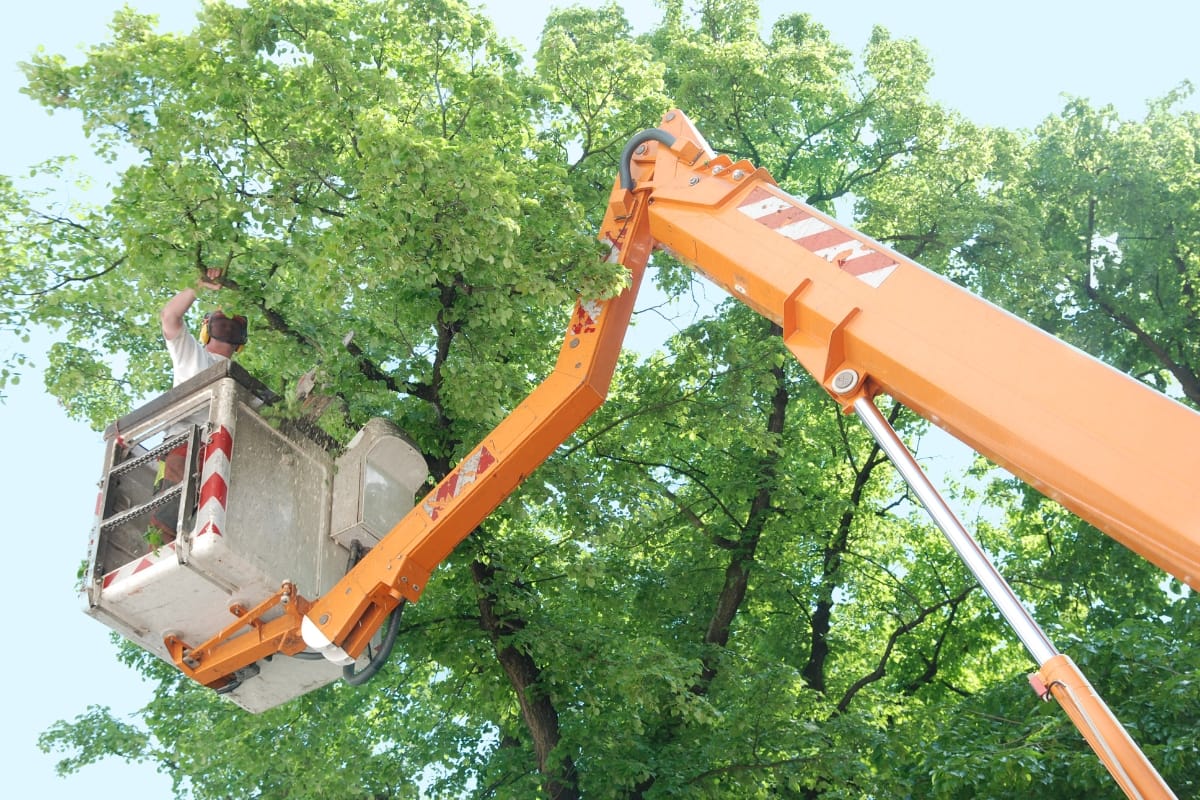
Getting ready for storm season isn’t just about stocking up on supplies—it also means looking around your yard and making sure your trees and outdoor areas are safe. Trees with weak limbs or signs of decay can become serious hazards during strong winds or heavy rain. Trimming back overhanging branches and removing any deadwood before storms arrive can prevent property damage and injuries.
In addition to tree maintenance, secure or store outdoor furniture, grills, and lawn equipment. Loose items can turn into dangerous projectiles when winds pick up. Take time to check your gutters and downspouts to ensure they are clear of leaves and debris. Clogged gutters can cause water to back up and damage your roof or siding during heavy rainfall.
If you have large trees near fences, retaining walls, or sheds, inspect those structures for any signs of wear or weakness. A falling tree limb can do more damage if it lands on something already in poor condition.
Inside the home, create a family emergency plan. Designate a safe area away from windows, such as an interior room or hallway. Make sure everyone in the household knows where to go and what to do in case of a tornado warning or power outage.
Build or restock an emergency kit with the basics—flashlights, batteries, nonperishable food, bottled water, blankets, phone chargers, and a first-aid kit. It is also a good idea to keep copies of important documents in a waterproof container.
Staying informed is just as important as being prepared. Download a trusted weather app, sign up for local alerts, and keep a battery-powered radio handy in case you lose power. Also, save the contact information of your local tree care or removal service so you are not scrambling after the storm if a tree comes down unexpectedly.
Taking these steps ahead of time can help protect your property and reduce stress when severe weather hits. By combining smart tree care with a clear safety plan, you will be better equipped to handle Canton’s storm season with confidence. Preparation might take a little time, but it can make a big difference when the weather turns.
Maintaining Tree Health and Preventing Hazards
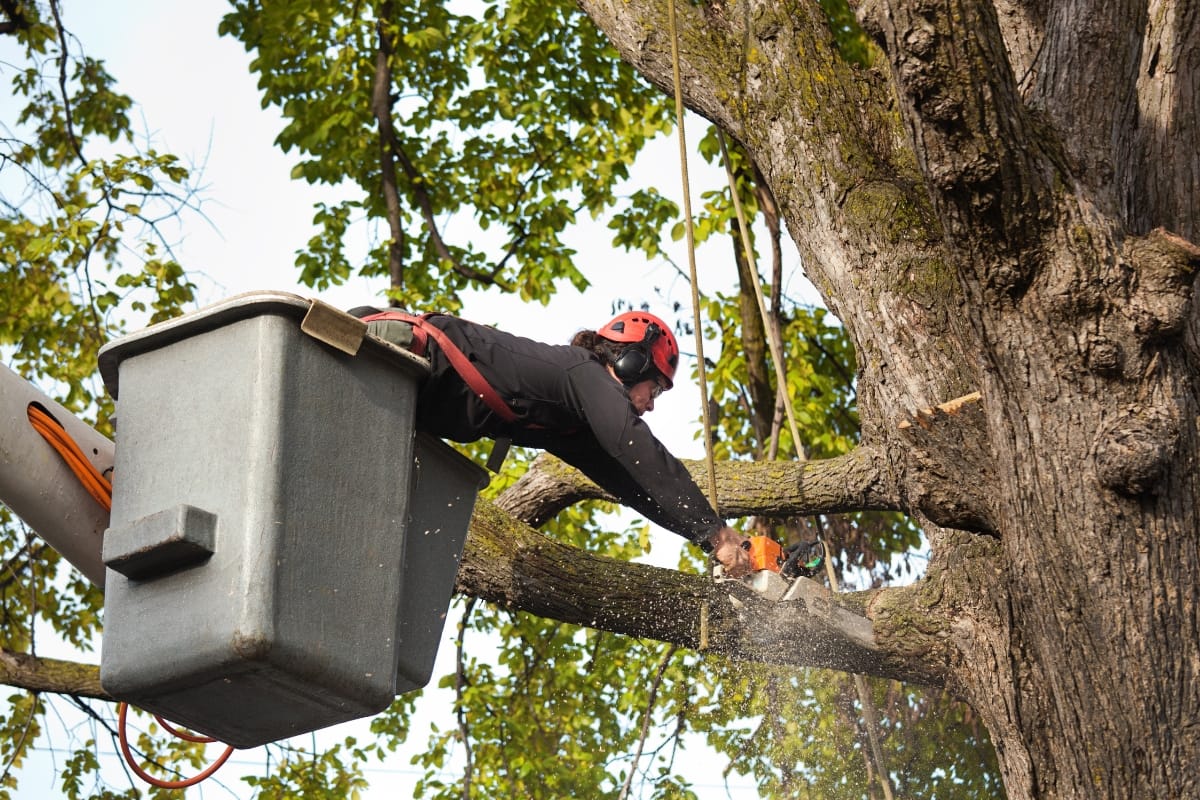
Keeping your trees healthy is one of the best ways to avoid problems down the line. A strong, well-maintained tree is less likely to drop limbs, become diseased, or fall during a storm. It all starts with planting the right tree in the right place.
When adding new trees to your yard, choose species that are well suited to Canton’s soil, weather patterns, and typical rainfall. Some trees do better in our region than others, and picking a type that is naturally adapted will require less maintenance over time. Be sure to plant trees far enough from your home, fences, driveways, and overhead power lines. A tree that grows too close to structures or utilities can become a hazard as it matures.
Early care matters, too. Pruning young trees to shape their growth helps prevent future issues with weak limbs or awkward branching. This type of early pruning, also called formative pruning, creates a strong trunk and stable structure as the tree grows.
Once trees are established, routine monitoring is key. Check regularly for signs of pests, disease, or damage. Discolored leaves, unusual growths, or holes in the bark can be early indicators of problems. Rather than reacting with harsh treatments, consider integrated pest management (IPM). This approach uses a combination of methods—like pruning, attracting natural predators, or targeted treatments—to deal with pests without relying too heavily on chemicals.
Water is another important factor. Trees need consistent moisture, especially during dry spells. Deep watering helps roots grow strong and resilient. Adding mulch around the base of the tree can help the soil hold moisture and protect roots from extreme temperatures. Just be sure to keep mulch a few inches away from the trunk to avoid rot.
Taking care of trees isn’t just about appearance—it is also about safety. A well-cared-for tree is less likely to break, lean, or drop branches during storms. Keeping up with inspections, pruning, and soil care reduces the chances that you will need emergency tree removal later. With the right planning and regular attention, your trees can stay healthy, grow safely, and continue to add value to your yard for years to come.
Conclusion: Ensuring Safety Through Proactive Tree Management
Identifying and removing hazardous trees before storms hit can safeguard your Canton property and give you peace of mind during severe weather. From leaning trunks to decaying limbs, early detection is key—and Campbell Tree Management Services has the expertise and equipment to handle every tree removal safely and efficiently. Call us at (770) 286-8058 or visit our website to request a free quote, and let our team protect your home from nature’s next challenge.
